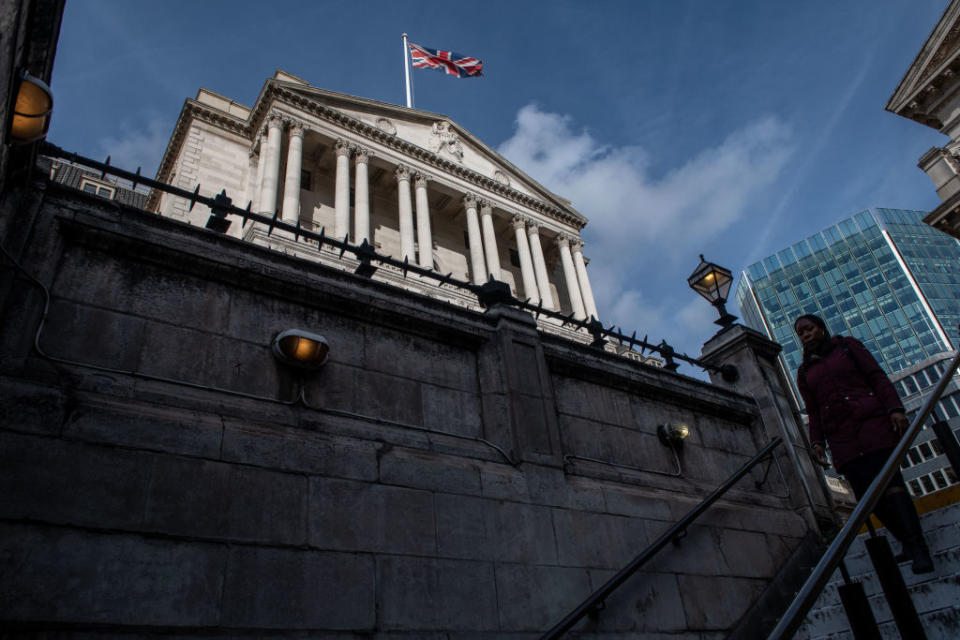Spring Budget 2024: Why the OBR forecasts should be taken with a side of salt

The Office for Budget Responsibility’s (OBR) forecasts for the coming years look optimistic, almost remarkably so when compared to the Bank of England.
The OBR thinks the UK will grow 0.8 per cent this year and 1.9 per cent in 2025. The Bank meanwhile expects an expansion of just 0.2 per cent this year and 0.6 per cent next.
Why the difference? It all comes down to productivity. As the OBR said: “The outlook for productivity growth is our most important and uncertain forecast judgement”.
David Miles, a member of the Budget Responsibility Committee, noted that productivity growth has been “dismal” for the last 15 years, growing around 0.5 per cent, having averaged nearly two per cent in the previous 50 years.
The OBR forecasts productivity growth will pick up to around 0.9 per cent but Miles said “the Bank is a bit nearer the dismal side”, which explains its pessimism.
Who’s right? It’s very difficult to tell. The OBR itself admitted that it has a history of overestimating productivity growth.
“During the 2010s, receipts outturn was generally lower than we had forecast, which was largely due to our economy forecast overestimating productivity growth,” it said.
Productivity forecasts really matter. Half a percentage point higher or lower annual productivity growth would reduce or raise borrowing by more than £40bn by 2028-29, the OBR said.
This would eclipse the Chancellor’s £8.9bn in headroom in the Spring Budget and then some.
The £8.9bn figure also deserves some scrutiny. First there’s the point which has been repeated ad infinitum: Hunt’s plan to get debt falling depends on unrealistic departmental spending plans and planned tax increases – i.e. indexing fuel duty – which look very unlikely.
The forecasts rest on “fiscal fantasies,” Michael Saunders, an ex-MPC member and senior economic advisor at Oxford Economics, said.
“They assume that petrol taxes will rise in line with inflation, even though the government has decided against doing that for fourteen consecutive years.
“What’s more, they assume that the government will deliver a painful public spending squeeze – with little or no growth in real spending per head in the next few years – even though it lacks any credible plans to achieve this,” he continued.
But even more fundamentally, these are just forecasts. They will be wrong. This isn’t a criticism of the OBR. Forecasting the performance of a £3.1trn economy over five years is just quite hard.
To take one example, market expectations for Bank Rate in the medium term fluctuated between 2.7 per cent and 4.2 per cent between November and March, with knock-on influences for the price of government debt.
If effective rates on government debt were just 0.3 percentage points higher – well within the boundary of changing market expectations over the past few months alone – Hunt’s headroom would be eliminated.
What’s the lesson to be drawn from this? Maybe it is not the best idea for long-term policy decisions to be so influenced by highly uncertain forecasts.

 Yahoo Finance
Yahoo Finance 